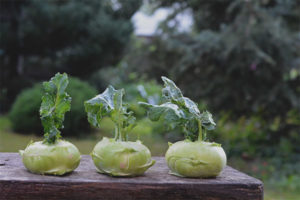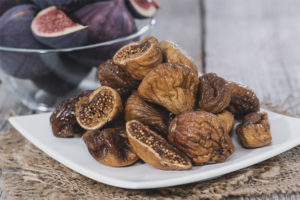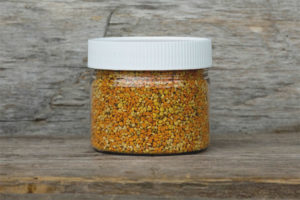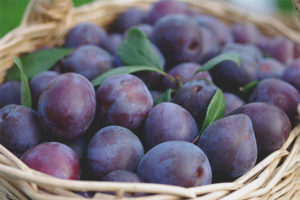The content of the article
The main feature of pomegranate is considered to be long-term safety. The heat-loving fruit does not require scrupulous aging conditions, so the fruits can be enjoyed at any time of the year. Before sending grenades for safety, it is necessary to choose weighty instances. If we talk about storage methods, we can distinguish a freezer or a refrigerator, a balcony, a cellar. Some housewives fill the fruits with clay.
How to choose pomegranate for storage
- If you pay due attention to this stage, the ripe fruits will lie at home for about 10-12 months. At the same time, you can easily transport grenades without being afraid to skill them.
- In the selection process, attention must be paid to weight and size. The diameter of the fruit should be at least 8 cm. It is advisable to give preference to pomegranates from 10 cm.
- As for the weight category, a good pomegranate has a high density (without voids). Buy fruits weighing from 450 gr. and higher. This indicator is a consequence of full ripeness, the grains are filled with juice.
- A good pomegranate has a thin red peel with orange patches (not always). The matte shell must be dry and dense. Too pale grenades are not suitable for storage.
- Inspect selected specimens for brown stains, cracks, and other types of damage. Feel the pomegranate, it should crunch a little when pressed.
- To assess ripeness, tap on the shell with your finger. If you hear the sound of metal, the fruits are moderately ripe (not ripe), they can be bought for long-term storage.
- The best period for buying a crop is considered the middle and end of November. At this time, foreign fruits are delivered to the shelves. Rate the “crown” if it is dry, the fruits are ripe and of high quality.
Pomegranate Storage Features
- Depending on the estimated time of use, a place for storage is selected. You can clog the fruits in clay, put in a refrigerator, freezer or drawers. Grenades are often sent to the balcony and loggia.
- Pomegranates are distinguished by increased juiciness, because each seed is poured with juice. During exposure, moisture evaporates from the cavity, exposing the product to dryness. For this reason, you need to wrap the fruit with parchment.
- If you bought a few pomegranates, put them in a box, shifting them in landscape sheets or baking paper. Do not use old newspapers, paint seeps into the peel.
- The use of paper will ensure the absorption of excess moisture, which means that the products will not mold and rot. Change the backing when it is damp.
- Experienced housewives lubricate the shell of pomegranates with clay. The bulk composition is diluted to a pasty consistency, the product can be bought at a pharmacy or hardware store. However, in this way you can only store unripe grenades, so sort them in advance.
Method number 1. Cold storage
- Optimum conditions can be maintained in the refrigerator. To do this, do not wash the grenades, sort them out, exclude spoiled ones. Wrap each fruit with parchment or album sheets.
- Remove the fruit box, it is located at the bottom. Wash the container with baking soda, leave the liquid to drain. Make sure the box is dry.
- Line the bottom with paper. Now begin to lay out the fruits in rows, do not be afraid to send grenades at each other. Do not wrap them heavily with parchment, it is important to ensure air circulation.
- When you have laid out all the fruit, place a piece of paper on top.Slide the drawer, adjust the temperature to the desired level - from 0 to 4 degrees.
- In this condition, the necessary conditions are provided, fruits can lie 2-3 months. Once a week, carry out an audit, swap the fruits, exclude spoiled ones.
- If you have a basement or a cellar, put pomegranates wrapped in parchment on racks. Try to stick to one row. The less often the grenades touch each other, the better.
Method number 2. Freezer storage
- Pomegranate is easy to freeze without losing its beneficial properties. You can store in granular or solid form. In the latter case, select the most ripe specimens, wipe them, put them in plastic containers and seal. If possible, pump air out of the tank.
- If we talk about freezing grains, everything here is simple and transparent. Crumpled, small, scratched or cracked specimens are suitable for storage. They must be washed, then cleaned.
- All partitions are thrown out, only grains remain. Rinse them, throwing them in a colander. Dry, put in sealed bags (preferably vacuum). Pump air, send it to freeze.
Method number 3. Clay storage
- Filled with clay fruits should be laid out in wooden ventilated boxes. After that, the product is kept in a dry room on a glazed loggia or in a dry pantry. The temperature should be above 10 degrees.
- To begin the manipulation, buy white clay. Put it in the oven and bake for disinfection. Dilute the mixture with filtered water to a paste-like consistency.
- Now dip each fruit in a solution, lay on a paper to dry. After 20 hours, repeat the manipulations to provide a second layer.
- Finish processing by pouring clay onto the dry tail of the fetus. Wait until it hardens, put the grenades in a wooden box and take to the loggia.
Before giving preference to a particular method, familiarize yourself with the storage conditions of fruits. Humidity should fluctuate between 80-90%, a lower rate contributes to drying. Grenades need a temperature of 0-4 degrees. Do not choose too light or, on the contrary, a dark room. Send fruits to a place with medium light.
Video: how to quickly clean pomegranates










Submit